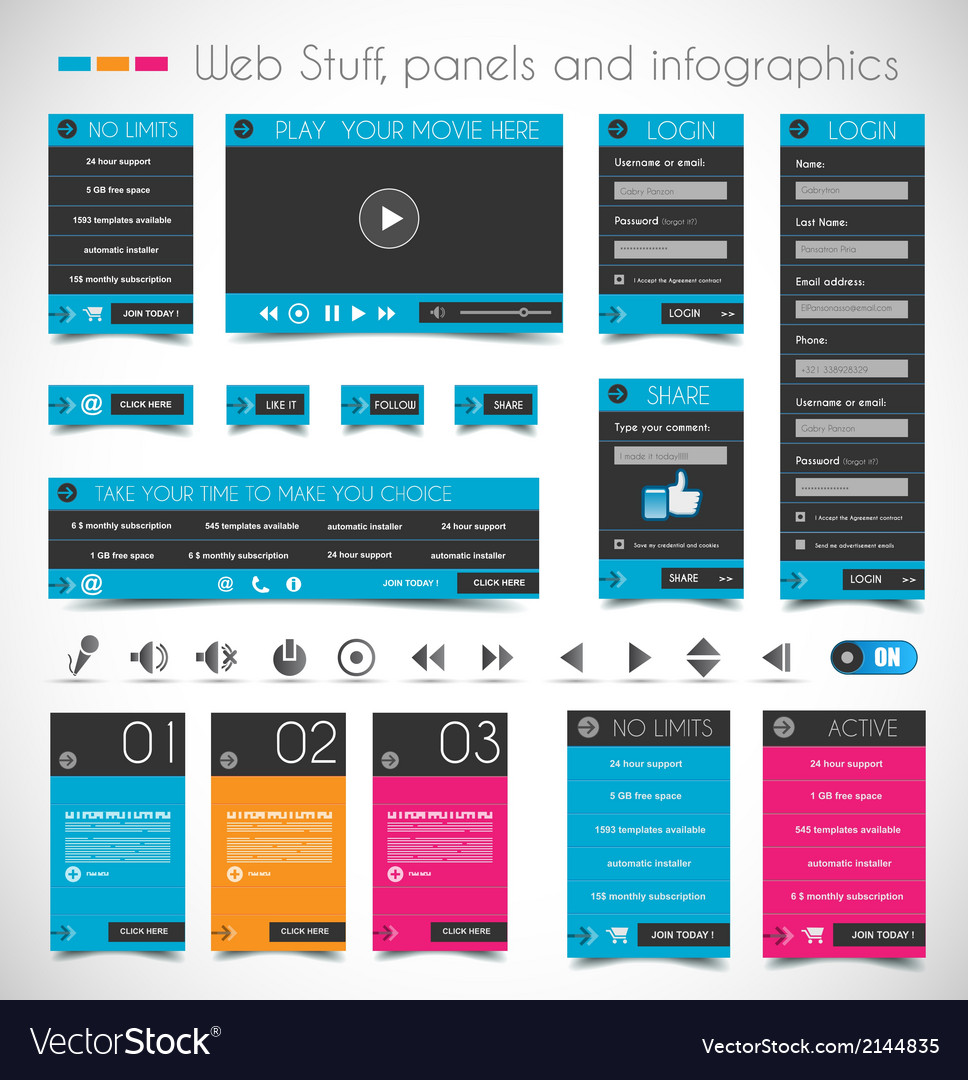Fascinated In Discovering Exactly How Web Site Layout Has Changed Throughout The Years? Check Out The Journey
Fascinated In Discovering Exactly How Web Site Layout Has Changed Throughout The Years? Check Out The Journey
Blog Article
Article Developed By-Pappas Dalby
In the past, websites were simple and focused on information. Navigation was direct, and design was for desktops. Now, customer experience is essential. Data guides styles for very easy navigation. Responsive designs fit different tools. Today, dark mode lowers strain, and minimal menus improve navigating. Interactive attributes involve customers, and strong visuals attract attention. AI integration enhances involvement. See exactly how style has progressed to improve your online journey.
Very Early Days of Website Design
In the very early days of web design, simpleness reigned supreme. Internet sites were fundamental, with minimal colors, typefaces, and layouts. The emphasis got on providing information rather than fancy visuals. Users accessed the net with sluggish dial-up links, so rate and capability were essential.
Navigating food selections were straightforward, commonly located at the top or side of the page. Sites were designed for computer, as mobile browsing wasn't yet common. Material was king, and designers focused on easy readability over complex layout components.
HTML was the primary coding language used, and designers needed to function within its restraints. Animations and interactive functions were minimal compared to today's standards. Web sites were static, with little dynamic content or personalized customer experiences.
Rise of User-Focused Design
With the evolution of website layout, a shift towards user-focused style principles has actually become significantly noticeable. Today, creating web sites that prioritize customer experience is critical for involving site visitors and achieving service objectives. User-focused style entails recognizing the demands, preferences, and behaviors of your target audience to customize the web site's layout, web content, and features as necessary.
https://www.designerwomen.co.uk/digital-marketing-service-market-is-thriving-worldwide-by-2029-marketo-inc-act-on-software/ conduct detailed research, such as individual studies and functionality screening, to collect understandings and feedback directly from users. This data-driven technique assists in developing intuitive navigating, clear calls-to-action, and visually appealing interfaces that resonate with site visitors. By placing the customer at the center of the design process, internet sites can provide a much more tailored and satisfying experience.
Responsive design has actually additionally emerged as a key facet of user-focused style, ensuring that websites are optimized for different tools and display dimensions. This versatility improves access and usability, dealing with the diverse means users engage with websites today. In essence, the surge of user-focused design represents a change in the direction of creating electronic experiences that focus on the requirements and assumptions of completion individual.
Modern Trends in Web Design
Explore the most up to date fads forming web design today. One popular fad is dark mode design, offering a smooth and contemporary appearance while decreasing eye strain in low-light atmospheres. Another vital fad is minimalist navigating, simplifying menus and improving user experience by concentrating on essential elements. Integrating micro-interactions, such as animated switches or scrolling results, can produce a much more appealing and interactive website. Receptive layout continues to be critical, making sure smooth customer experiences across different devices. Additionally, making use of bold typography and unbalanced formats can add visual interest and accentuate particular material.
Incorporating AI technology, like chatbots for client support or individualized recommendations, improves user engagement and improves processes. Access has likewise end up being a substantial fad, with designers prioritizing comprehensive layout techniques to satisfy varied individual requirements. Embracing sustainability by optimizing site efficiency for rate and effectiveness is one more emerging pattern in web design. Working together with simply click the following article and information analytics to repeat and enhance design continuously is crucial for staying relevant in the ever-evolving electronic landscape. By accepting these modern trends, you can develop an aesthetically attractive, easy to use website that reverberates with your target market.
Conclusion
As you reflect on the evolution of website style from the early days to now, you can see just how user-focused style has actually ended up being the driving pressure behind contemporary trends.
Accept the trip of change and adjustment in web design, constantly keeping the customer experience at the leading edge.
Tippingpointdigital
Remain current with the latest trends and technologies, and never quit evolving your method to develop visually magnificent and user-friendly websites.
Develop, adapt, and create - the future of web design is in your hands.
